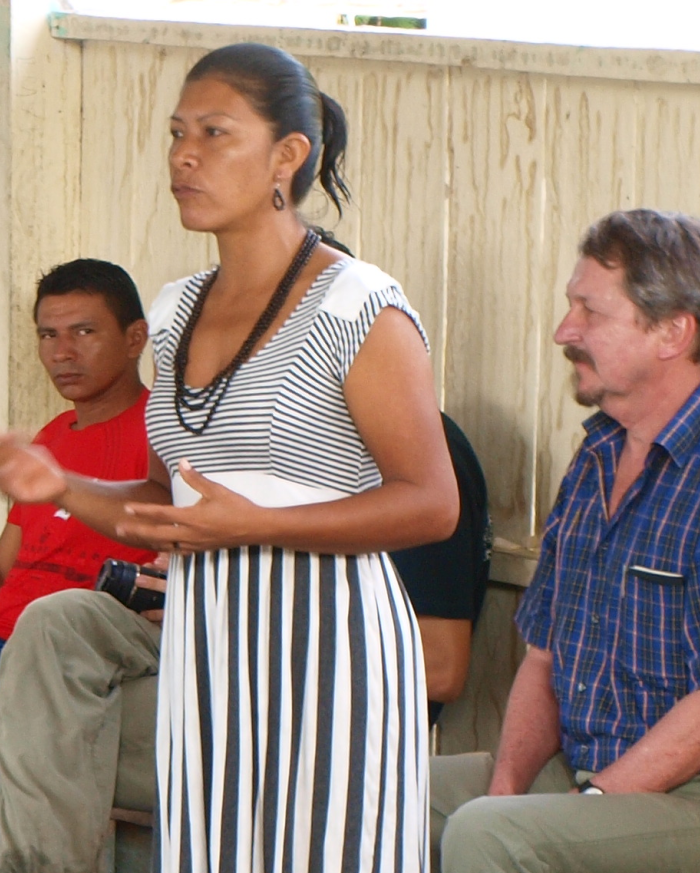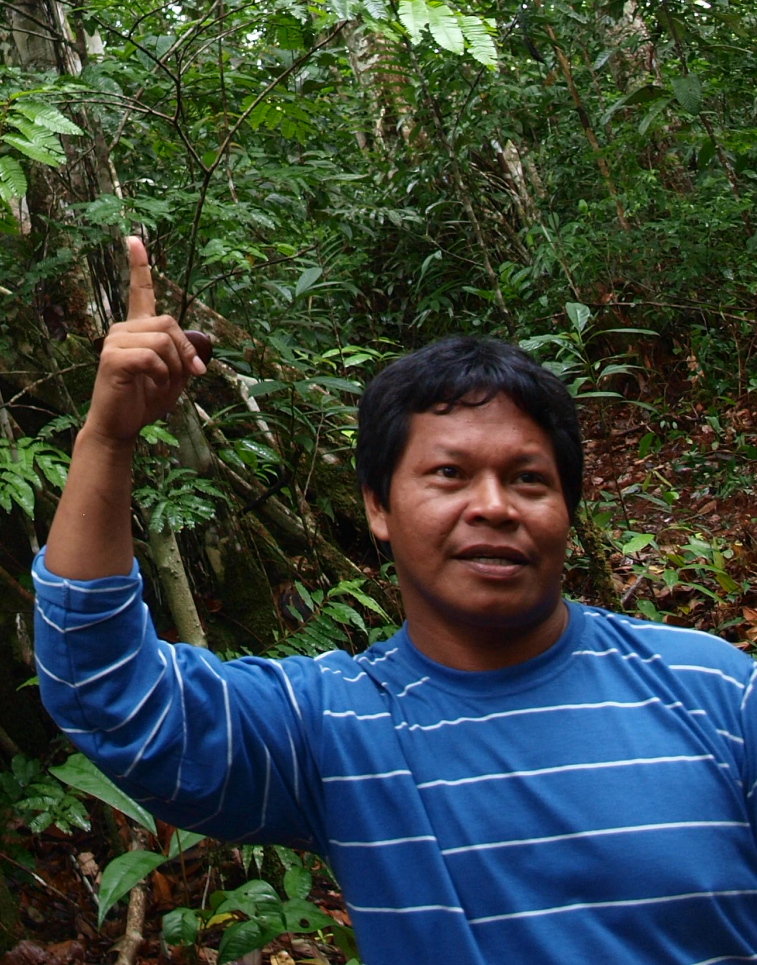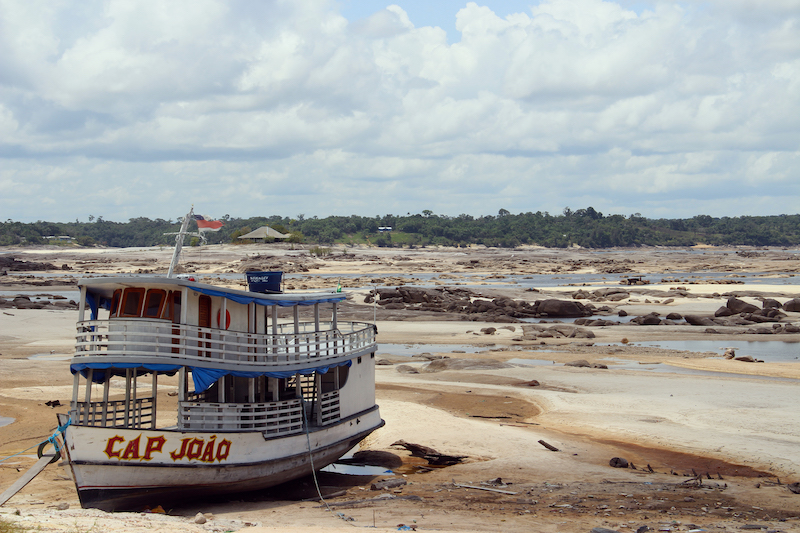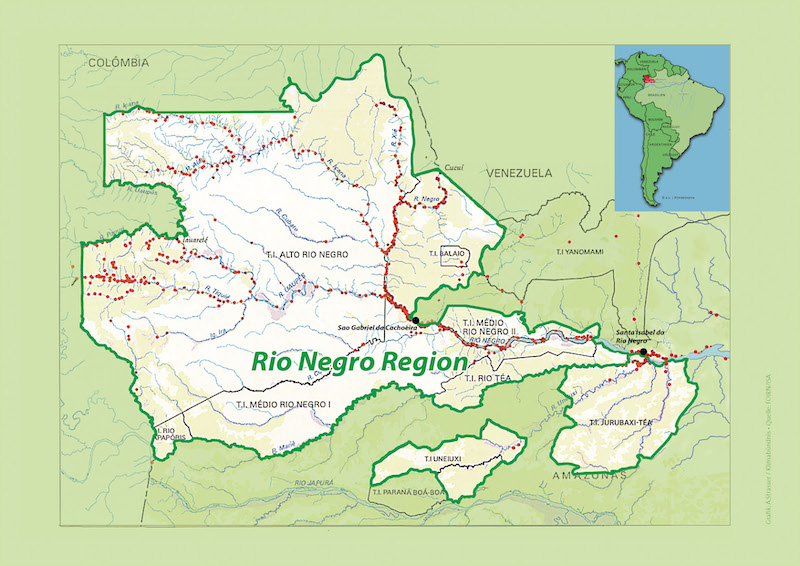An unusual cooperation to combat global challenges
Almerinda Ramos de Lima
© Klimabündnis Österreich, Emil Benesch

“Our peoples have dwelled in thisregion for 3,000 years and, over time, developed a calendar that foresees the preparation of fields in our dry summer months. Each family traditionally creates space for a new field every summer. The men cut down the trees and burn them. The ash created then serves as fertiliser for the new field plantation. The rains in February 2012 meant it was not possible to burn the cut trees. No new fields could be prepared during the summer period. After summer, the rainy season starts, so there is no chance to create new fields. Considering that we can only use our fields to grow manioc, pineapple and pepper for two years before they are overrun with rainforest vegetation again, each family’s allotted area for cultivation was halved by the wet summer of 2012.”
Scientific Background
The monthly average precipitation in São Gabriel da Cachoeira on the Rio Negro is lower in the summer when the new fields are traditionally prepared. The figures for 2012 show significant deviations from the monthly average in the past 30 years, from 1961 to 1990.
BACKGROUND TO CLIMATE ALLIANCE AUSTRIA’S PARTNERSHIP WITH THE RIO NEGRO REGION
The primary objective of the Federation of Indigenous Organisations of Rio Negro (FOIRN) is to defend the rights of the region’s 23 indigenous peoples. Their Key success is the recognition of indigenous territories covering 122,000 km2. Sustainable indigenous lifestyles can be maintained in the indigenous territories and 99.94% of the rainforests are intact here as a consequence.
FOIRN and Climate Alliance Austria have supported one another since 1993 in a partnership.
Rio Negro: Unexpected rainfalls
André Baniwa
© Emil Benesch

“My name is André Baniwa. As my name already suggests, I belong to the indigenous people called Baniwa. My mother tongue is Baniwa. I am about 45 summers old, as we are accustomed to say – this underlines the importance of the summer period in our culture and our lives. I was born in Tucumã Rupitá, a village with 200 inhabitants located beside Isana River, which is a tributary of the Rio Negro in northwest Brazil. To find our region on the map, it helps to look for the ‘dog’s head’ – as the upper Rio Negro is also known. I have been active in the indigenous movement for 27 years now and am concerned about changes I have witnessed in recent years. In February 2012, a week of rain instead of the traditional sunny and dry weather lead to a period of hunger for the people in my region: due to the unexpected rainfall during our summer, the roots of the manioc plants started to rot in the ground.”



